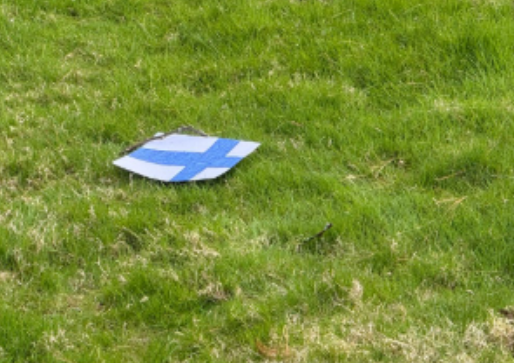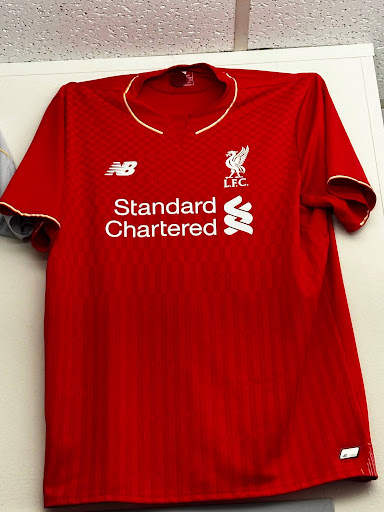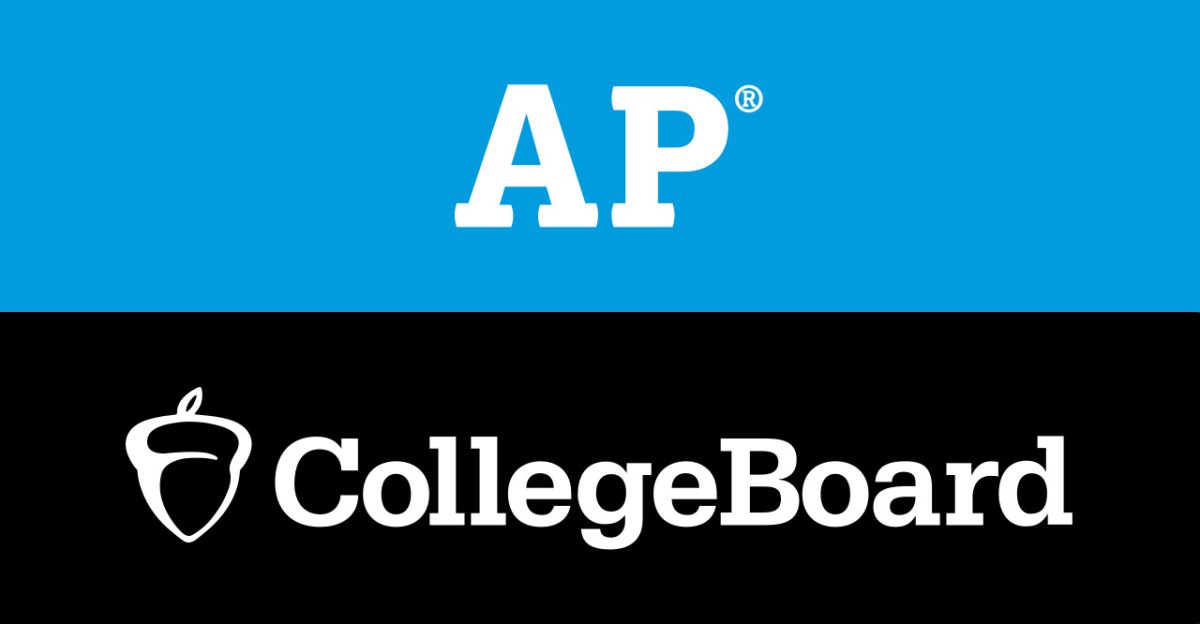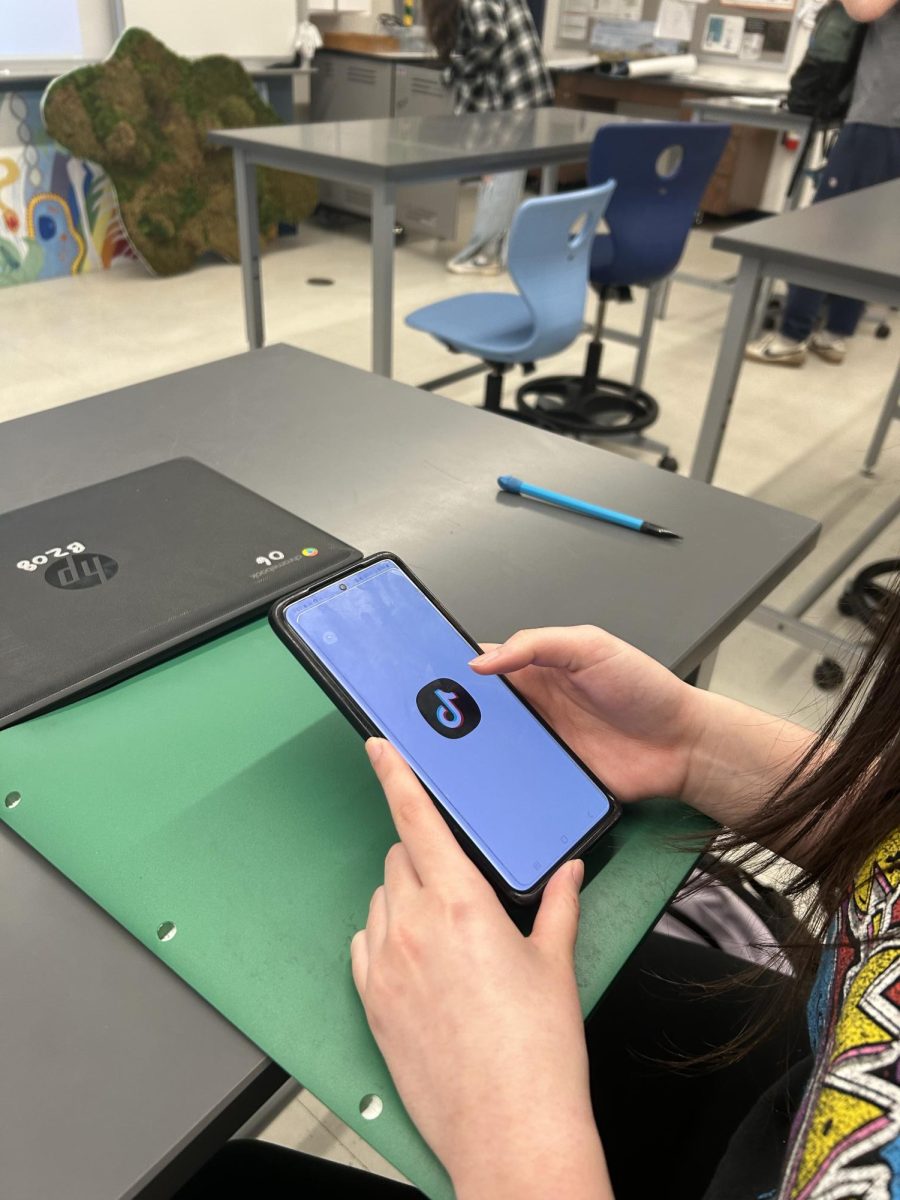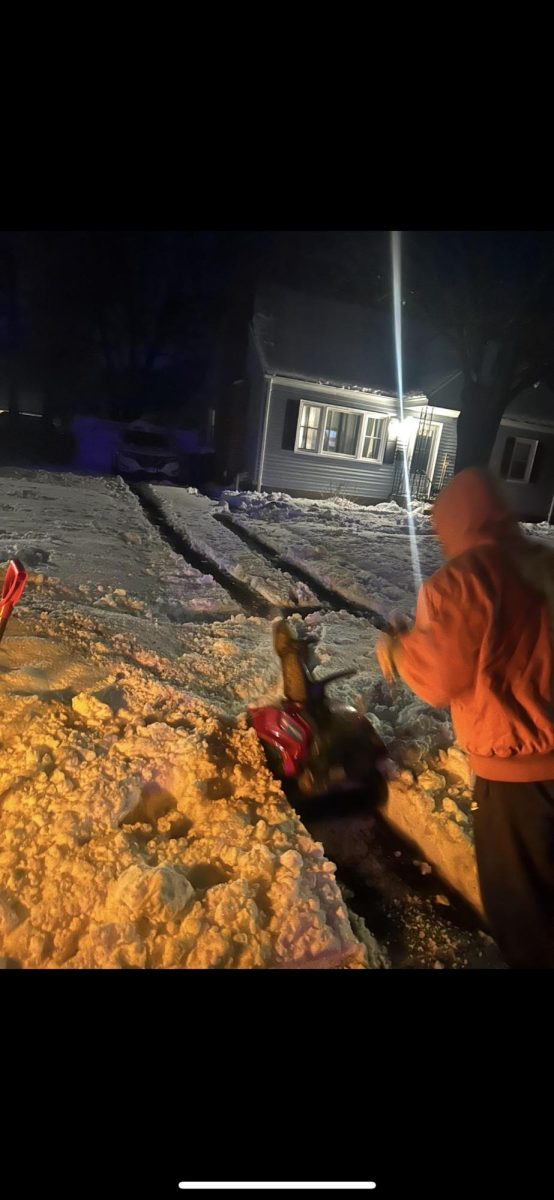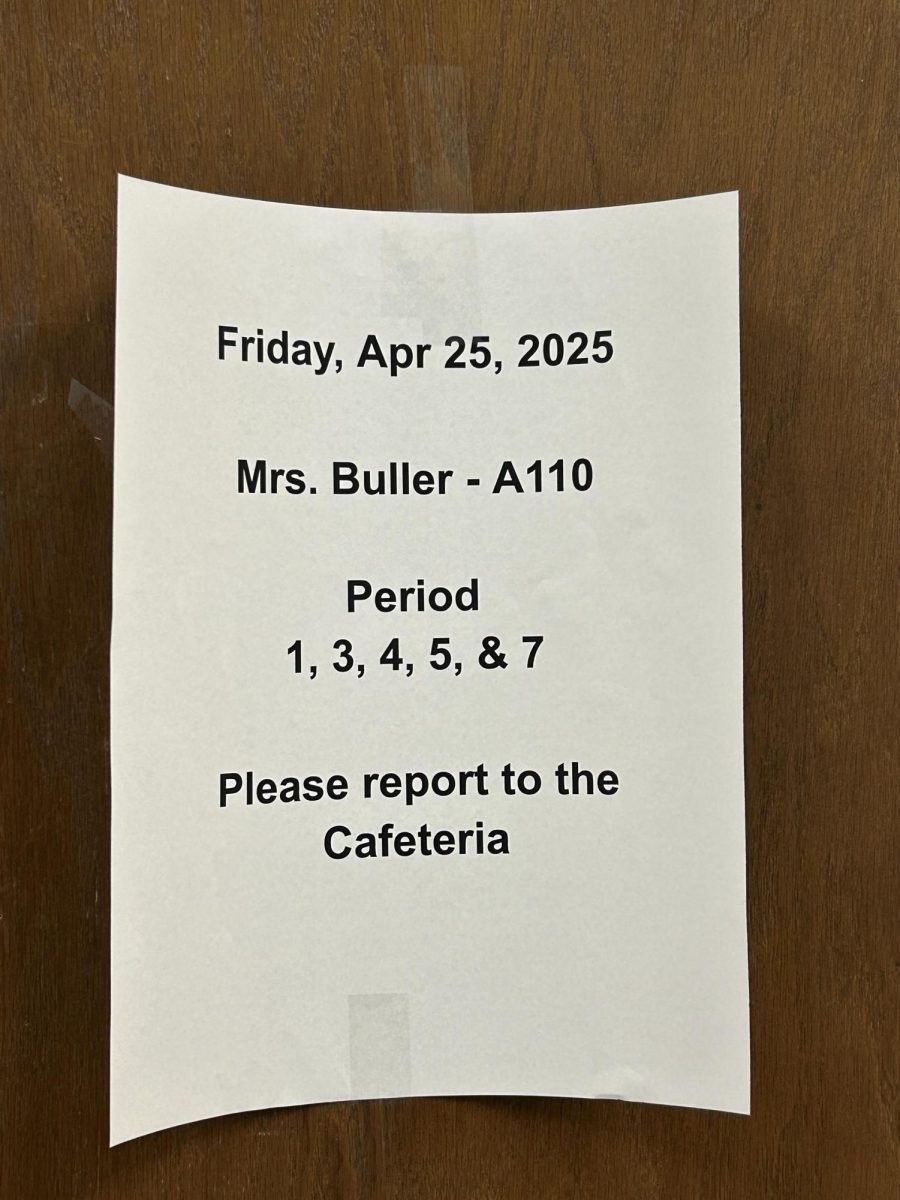Kwanzaa is an African-American holiday celebrated by descendants of the enslaved who had been forcibly removed from their homelands and cultures. Kwanzaa, a seven-day celebration starts on December 26 and ends on January 1.
At the end of each of the seven days a different principle is discussed. These principles are described in Swahili because it is the most used language in Africa. In order the principles are Umoja (Unity), Kujichagulia (Self-Determination), Ujima (Collective Work and Responsibility), Ujamaa (Cooperative Economics), Nia (Purpose), Kuumba (Creativity), and Imani (Faith).
This holiday was created by Dr. Maulana Karenga “as a way of uniting and empowering the African-American community in the aftermath of the deadly Watts Rebellion,” described by Jesse Greenspan. In an article regarding the rebellion from the History Channel, it’s written that “The Watts Rebellion lasted for six days, resulting in 34 deaths, 1,032 injuries and 4,000 arrests…” Dr. Karenga wanted this holiday to empower the African-American community by looking at the good things in their history and honor their culture and heritage.
Kwanzaa is celebrated by millions of people in the African-American community, and each family might have their own unique way of celebrating it. The Smithsonian Museum of African American History and Culture wrote, “Kwanzaa is a time for families and communities to come together to remember the past and to celebrate African American culture.”
Jesse Greenspan states in a History Channel article about Kwanzaa that, while everyone might celebrate Kwanzaa differently, “celebrations often include songs and dances, African drums, storytelling, poetry reading, and a large traditional meal.”
Kwanzaa is a very significant holiday within the African community. However, Asia Clermont, the teacher for US History from the African-American Experience, commented: “I don’t usually teach Kwanzaa specifically.”
Before the end of the interview, she continues: “I think it definitely could fit into the curriculum, especially bringing more joy. A lot of the curriculum with African-American history focuses a lot on the struggles; I think this is something that could provide hope and be a light in a class that could sometimes be a bit heavier.”
In an interview with Sarah Isaacs, vice principal and head of the community program at Hall, talks about how Kwanzaa has been shared with students and teachers. “In the past, we have incorporated it through acknowledging as we’ve acknowledged other December holidays through our celebrations.”
In a survey distributed throughout the student body, less than 2% of students know a lot about Kwanzaa, 11.7% know some about Kwanzaa, 61.7% know a little bit and 25% know nothing.
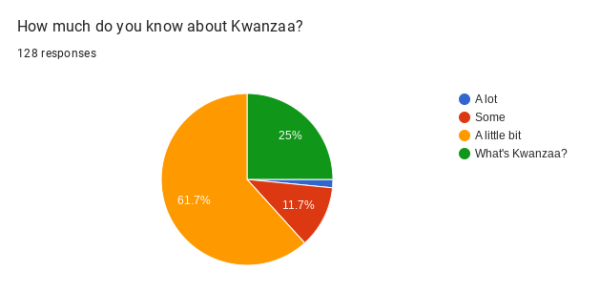
This year, she states that the lesson regarding Kwanzaa will be “really special” and more educational than previous years. However, the slideshow presentation has been reduced to 5 minutes in the 20-minute-long lesson.
Kwanzaa has inspired a lot of African-American people to further embrace their culture and learn more about their history. Although it’s still not consistently portrayed in the media like other holidays, it still means a lot to millions of people. To learn more about this holiday and its history please visit the Smithsonian Museum of African American History and Culture.

